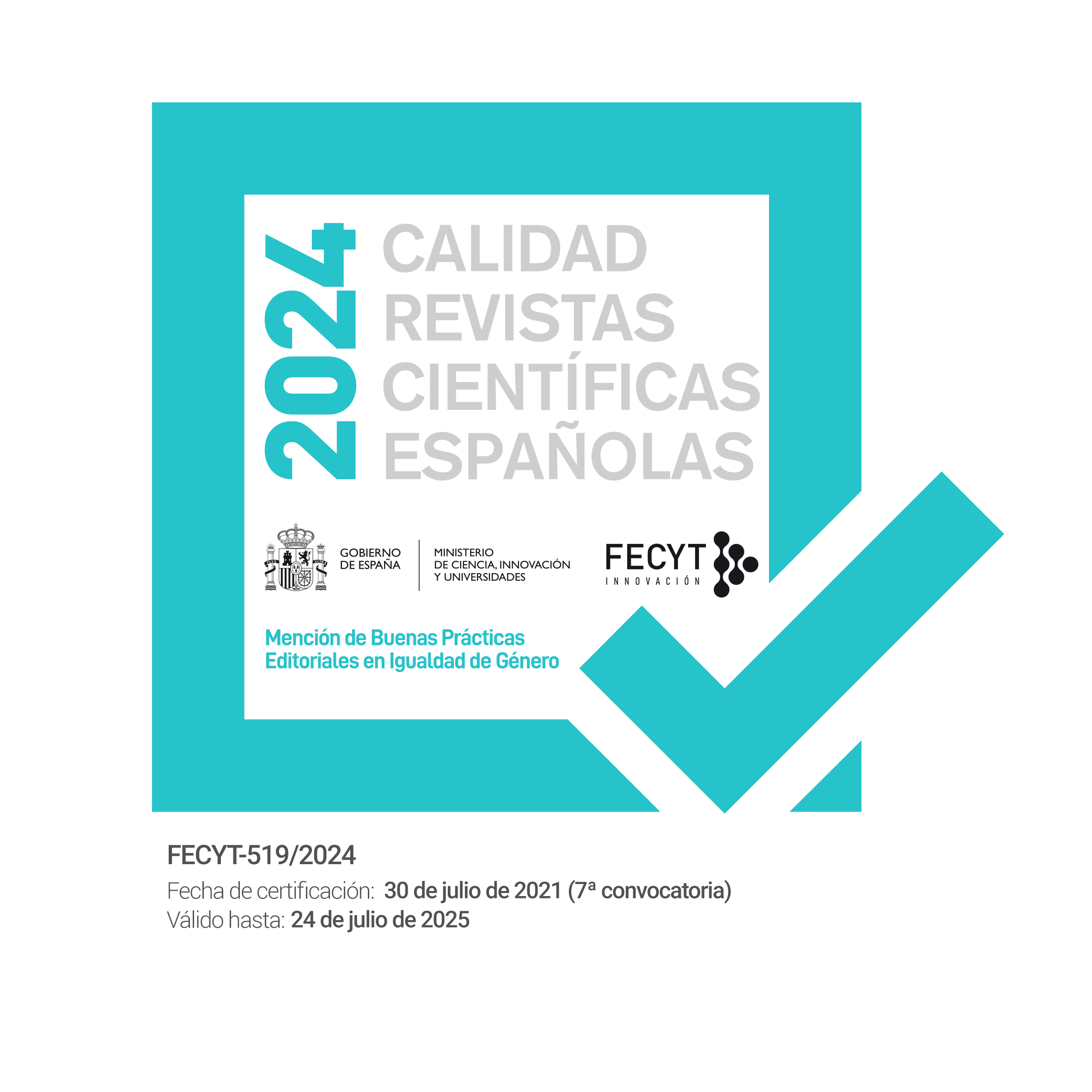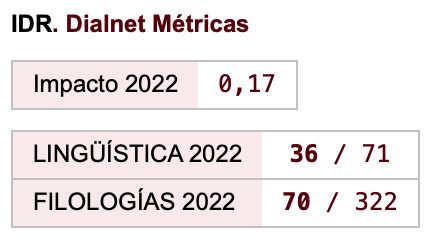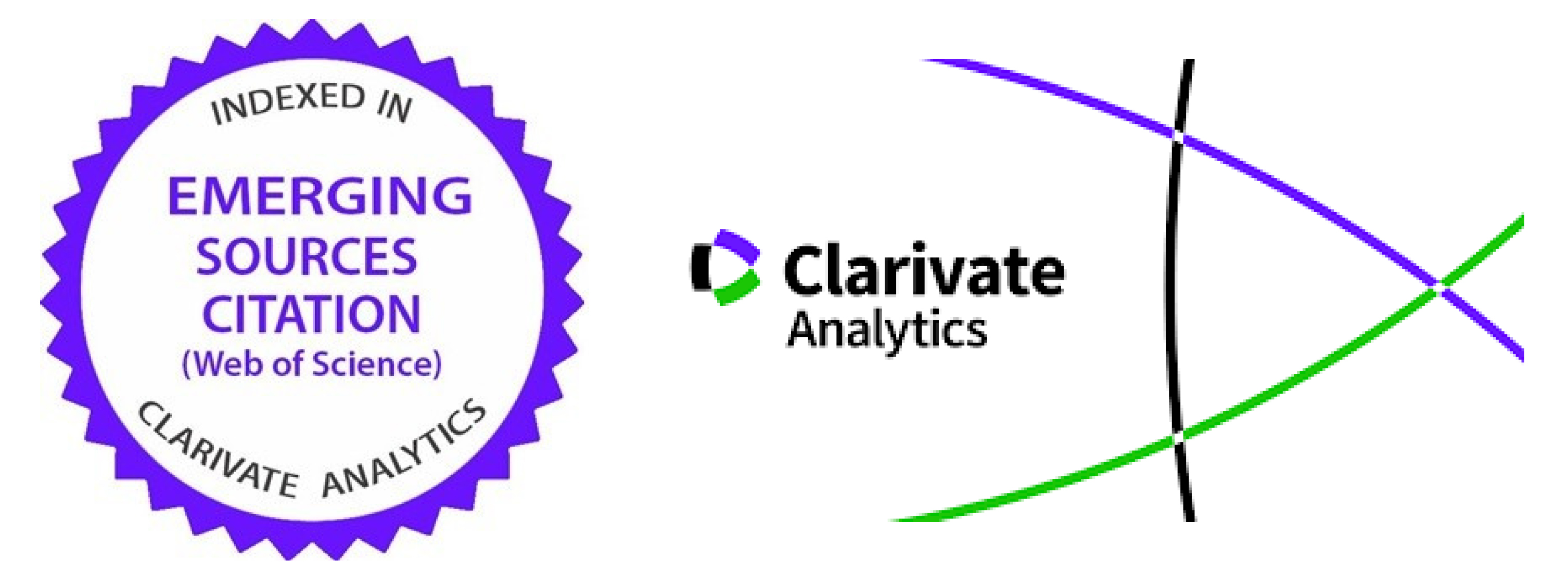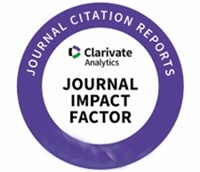Conceptualizing emotional distress in Late Middle English medical texts
Palabras clave:
Middle English, English for Specific Purposes, MEMT medical texts, metaphorsResumen
In this paper I propose an analysis of the Middle English vocabulary for emotional distress. I am especially interested in determining to what extent the vocabulary used in medical varieties of Middle English differentiated between somatic and psychological distress and, eventually, between different types of adverse mood states. My research is based on the analysis of the data extracted from the Middle English Medical Texts, which includes a wide selection of medical treatises from c. 1375 to c. 1500. Special attention is paid to the metaphorical expressions of emotional distress in Middle English specialized texts.
Descargas
Citas
Early English corpora and dictionaries
HTOED. Historical thesaurus of the Oxford English dictionary (2009) Kay, Ch., Roberts, J., Samuels, M. and Wotherspoon, I. Oxford: OUP.
MEMT. Middle English Medical Texts (2005) Taavitsainen, I., Pahta, P. and Mäkinen, M. (compilers) CD-ROM. Amsterdam and Philadelphia: John Benjamins.
MED. Middle English dictionary, The (2001) Online edition. McSparran, Frances (ed.). Available <http://ets.umdl.umich.edu/m/med/>.
OED. Oxford English dictionary, The (2000–) Second edition, online version. Simpson, John (ed.). Available <http://www.oed.com>.
Secondary References
Crozier, R. & Alden, L. E. (2005). Essentials of social anxiety. London: Willey.
Daly, R. W. (2007). Before depression: The medieval vice of acedia. Psychiatry, 70(1), 30-51.
Díaz-Vera, J. E. (2009). Analysing the diffusion of scientific metaphors through a Corpus of Middle English medical texts. In J. E. Díaz-Vera & R. Caballero (Eds.), Textual healing: Studies in Middle English medical, scientific and technical texts (pp. 77-95). Rodopi: Amsterdam.
Elredge, L. M. (1991). A Thirteenth-century ophthalmologist, Benvenutus Grassus: His treatise and its survival. Journal of the Royal Society of Medicine, 91, 47-52.
Fesmire, S. A. (1994). Aerating the mind: The metaphor of mental functioning as bodily functioning. Metaphor and Symbolic Activity, 9, 31-44.
Geeraerts, D. & Gevaert, C. (2008). Hearts and (angry) minds in Old English. In F. Sharifian, R. Dirven & N. Yu (Eds.), Culture, body, and language: Conceptualizations of internal body organs across cultures and languages (pp. 319-347). Berlin: Mouton.
Gibbs, R. W. (1994). The poetics of mind: Figurative thought, language, and understanding. Cambridge: Cambridge University Press.
Harbus, A. (2004). Thinking in metaphors: Figurative language and ideas on the mind. Sydney Studies in English, 30, 3-20.
Jackson, S. (1986). Melancholia and depression: From Hippocratic times to modern times. New Haven, CT: Yale University Press.
Kleinman, A. (1982). Neurasthenia and depression: A study of somatization and culture. Culture and Medical Psychiatry, 6, 117.
Kövecses, Z. (1986). A figure of thought. Metaphor and Symbolic Activity, 6, 29-46. Kövecses, Z. (1988). The language of love: The semantics of passion in conversational
English. Lewisburg: Bucknell UP.
Kövecses, Z. (1990). Emotion concepts. New York: Springer-Verlag.
Kövecses, Z. (2000). Metaphor and emotion. Cambridge: Cambridge University Press.
Lakoff, G. (1987). Women, fire, and dangerous things: What categories reveal about the mind. Chicago: The University of Chicago Press.
Lakoff, G. & Johnson, M. (1980). Metaphors we live by. Chicago: University of Chicago Press.
Lakoff, G. & Kövecses, Z. (1987). The cognitive model of anger inherent in American English. In D. Holland & N. Quinn (Eds.), Cultural models in language and thought (pp. 195-221). Cambridge: Cambridge University Press.
Lee, S. (1998). Estranged bodies, simulated harmony, and misplaced cultures: Neurasthenia in contemporary Chinese society. Psychosomatic Medicine, 60, 448-457.
Leff, J. P. (1988). Psychiatry around the globe. London: Gaskell.
Mize, B. (2006). The representation of the mind as an enclosure in Old English
poetry. Anglo-Saxon England, 35, 57-90.
Ots, T. (1990). The angry liver, the anxious heart, and the melancholy spleen: The phenomenology of perceptions in Chinese culture. Culture, Medicine, and Psychiatry, 14, 21-58.
Pritzker, S. E. (2003). The role of metaphor in culture, consciousness, and medicine: A preliminary inquiry into the metaphors of depression in Chinese and Western medical and common languages. Clinical Acupuncture & Oriental Medicine, 4(1), 11-28.
Voigts, L. E. (1982). Editing Middle English medical texts: Needs and issues. In T. Levere (Ed.), Editing texts in the history of science and medicine (pp. 39-68). New York: Garland.
Voigts, L. E. (1984). Medical prose. In A. Edwards (Ed.), Middle English medical prose: A critical guide to major authors and genres (pp. 315-335). New Jersey: Rutgers University Press.
Yu, N. (1998). The contemporary theory of metaphor: A perspective from Chinese. Amsterdam: John Benjamins Publishing Company.
Descargas
Publicado
Cómo citar
Número
Sección
Licencia
Aquellos autores/as que tengan publicaciones con esta revista, aceptan los términos siguientes:
- Los autores/as conservarán sus derechos de autor y garantizarán a la revista el derecho de primera publicación de su obra, el cuál estará simultáneamente sujeto a la Licencia de reconocimiento de Creative Commons que permite a terceros compartir la obra siempre que se indique su autor y su primera publicación esta revista.
- Los autores/as podrán adoptar otros acuerdos de licencia no exclusiva de distribución de la versión de la obra publicada (p. ej.: depositarla en un archivo telemático institucional o publicarla en un volumen monográfico) siempre que se indique la publicación inicial en esta revista.
- Se permite y recomienda a los autores/as difundir su obra a través de Internet (p. ej.: en archivos telemáticos institucionales o en su página web) antes y durante el proceso de envío, lo cual puede producir intercambios interesantes y aumentar las citas de la obra publicada. (Véase El efecto del acceso abierto).

Revista de Lenguas para fines específicos is licensed under a Creative Commons Reconocimiento-NoComercial-SinObraDerivada 4.0 Internacional License.























